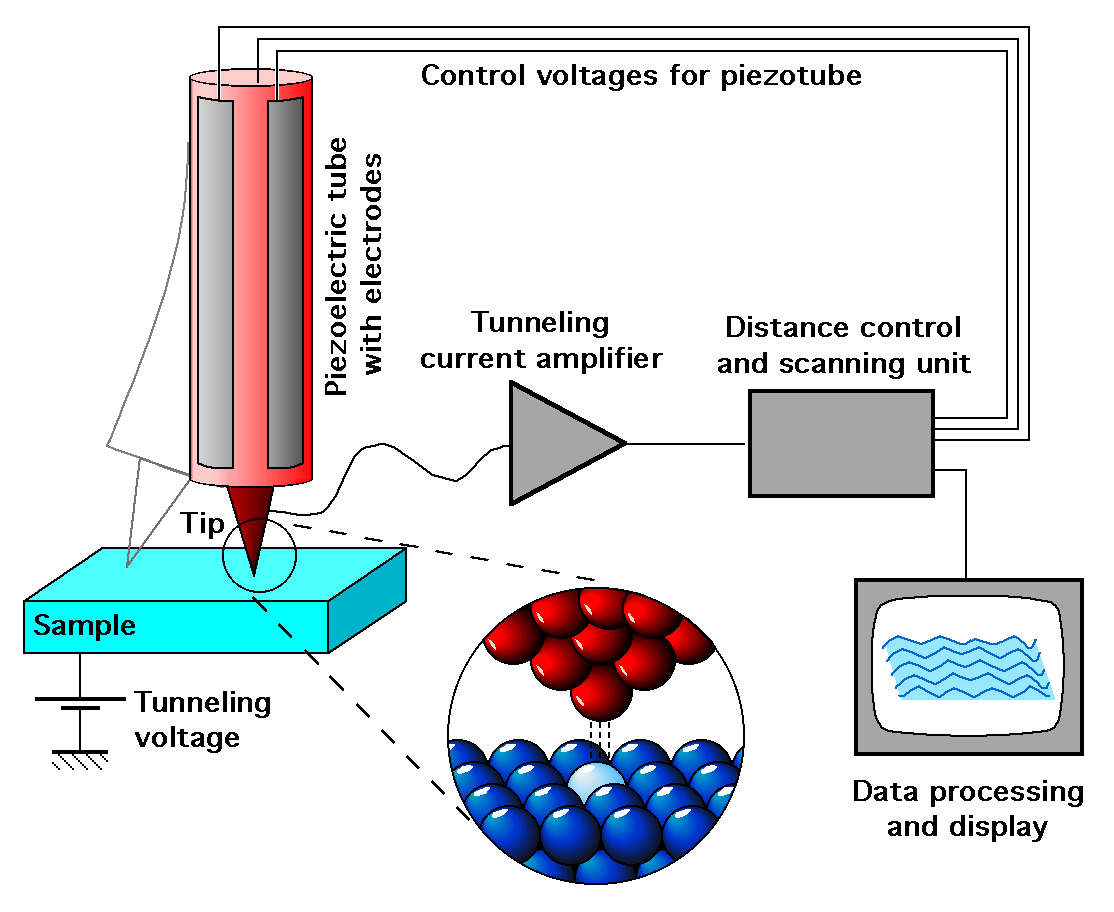 More recent applications of nanotechnology can be seen in projects that are a bit more complex. One product of nano technology is the scanning tunneling microscope. These advanced microscopes allow individuals to get visualizations at the atomic level. This has proved useful in medical advancements crucial for the betterment of health care.
More recent applications of nanotechnology can be seen in projects that are a bit more complex. One product of nano technology is the scanning tunneling microscope. These advanced microscopes allow individuals to get visualizations at the atomic level. This has proved useful in medical advancements crucial for the betterment of health care. https://www.youtube.com/watch?v=wNEqRq6NyUw
Other, less practical, applications of nanotechnology include the generation of sound from a physical bone, as Boo Chapple has been working on. Chapple has found a way to vibrate bones in a way the creates a sound that he can manipulate. Other applications include the Nova project which is making technological advancements smaller and smaller. The creators of Nova hope to someday create tiny microscopic robots that can travel into a body and kill selected viruses.
Works:
ArchimedesBerlin. "Surface Studies with a Scanning Tunnelling Microscope [english]." YouTube. YouTube, 12 Mar. 2013. Web. 19 May 2016. <https://www.youtube.com/watch?v=wNEqRq6NyUw>.
Gemzewski, Jim. "Nanotech + Art." Los Angeles. 19 May 2016. Lecture.
The Laboratory of Nanotechnology and Nanomedicine. Digital image. Salvador- Morales Laboratory of Nanotechnology. N.p., n.d. Web. 19 May 2016. <https://labofnano.gmu.edu/>.
"Making Stuff." PBS. PBS, n.d. Web. 19 May 2016. <http://www.pbs.org/wgbh/nova/tech/making-stuff.html#making-stuff-smaller>.
Morali, Zeeya. Rome. Digital image. Smithonian.com. N.p., n.d. Web. 19 May 2016. <http://www.smithsonianmag.com/history/this-1600-year-old-goblet-shows-that-the-romans-were-nanotechnology-pioneers-787224/>.
Scanning Tunneling Microscope. Digital image. Vilaglex. N.p., n.d. Web. 19 May 2016. <http://www.vilaglex.hu/Fizika/Html/PaszAlMi.htm>.
Vesna, Victoria, and Jim Gimzewski. "The Nanomeme Syndrome: Blurring of Fact & Fiction in the Construction of a New Science." N.p., n.d. Web. 19 May 2016. <http://vv.arts.ucla.edu/publications/publications/02-03/JV_nano/JV_nano_artF5VG.htm>.
Vesna, Victoria. "Art in the Age of Nanotechnology." Art.Base. N.p., n.d. Web. 19 May 2016. <https://art.base.co/event/2104-art-in-the-age-of-nanotechnology>.
This comment has been removed by the author.
ReplyDeleteHi Brian, I agree when you say that the phrase seeing is believing is not necessarily true for nanotechnology. It goes beyond everything we’ve ever known and is something much greater than us and everything else surrounding us. One fascinating aspect about nanotechnology is that it has an immense capability to alter the world of science.
ReplyDelete